Our Location
304 North Cardinal St.
Dorchester Center, MA 02124


Physical exercise is any bodily activity that enhances or maintains physical fitness and overall health. It’s essential in our daily lives to keep our bodies and minds in good shape. This article dives into the various benefits of physical exercise, addresses common problems and their solutions, and offers insights into exercises suitable for different age groups. Let’s get moving and explore the world of physical fitness!
Regular physical exercise strengthens the heart and improves blood circulation, reducing the risk of cardiovascular diseases. Think of it as a tune-up for your heart, keeping it running smoothly and efficiently.

Engaging in strength training and flexibility exercises helps build muscle mass and keeps your joints limber. This not only makes everyday activities easier but also reduces the risk of injuries.
Exercise burns calories and boosts metabolism, making it a crucial component of weight management. It’s like having a personal fat-burning furnace, keeping your body in check.
Physical activity triggers the release of endorphins, the body’s natural stress relievers. Whether it’s a brisk walk or a yoga session, exercise can help melt away the worries of the day.
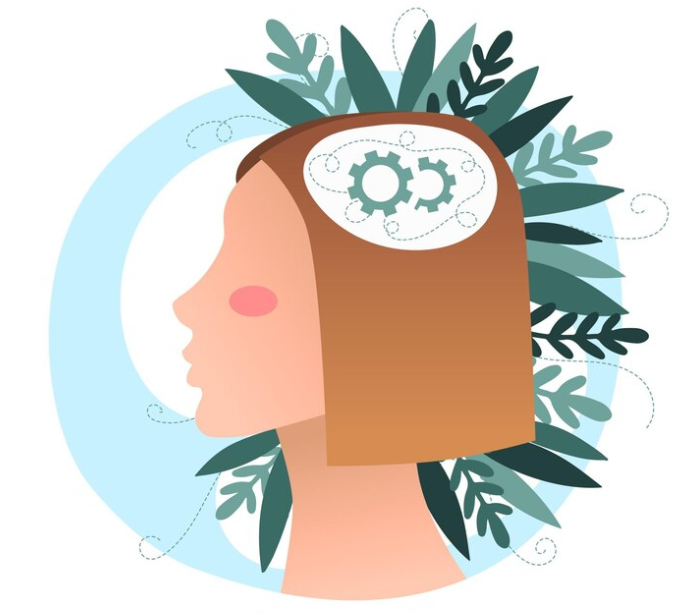
Regular exercise can help alleviate symptoms of depression and anxiety, providing a natural mood boost. It’s a mental health pick-me-up that doesn’t come in a pill bottle.
Exercise increases blood flow to the brain, which can improve memory, creativity, and overall cognitive function. It’s like a workout for your mind, keeping it sharp and agile.
Studies have shown that regular physical activity can add years to your life by reducing the risk of chronic diseases and maintaining overall health.

Exercise helps prevent or manage many chronic conditions, such as diabetes, heart disease, and hypertension. It’s a proactive way to keep your body in fighting shape.
Many people believe that exercise is only for the young and fit or that it requires a gym membership and fancy equipment. These misconceptions can deter people from starting or maintaining an exercise routine.
Injuries are a common concern, particularly for those new to exercise or returning after a long break. Overdoing it or using improper form can lead to strains, sprains, and other injuries.
Staying motivated and consistent with exercise can be challenging, especially with busy schedules and competing priorities.

Exercise is for everyone, regardless of age or fitness level. Simple activities like walking, stretching, or even dancing in your living room count as exercise.
To prevent injuries, start slowly, use proper form, and listen to your body. Seeking advice from fitness professionals can also be beneficial.
Finding activities you enjoy, setting realistic goals, and exercising with a friend can help build motivation and consistency. Remember, consistency is key, even if it’s just a few minutes each day.
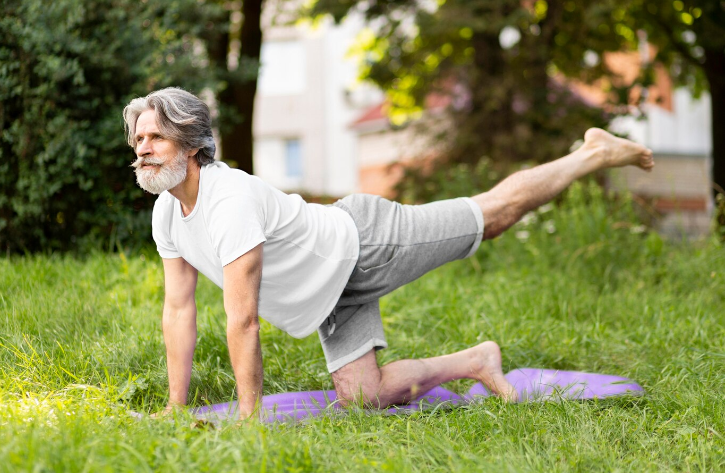
Regular exercise helps maintain and improve mobility, making daily activities easier and reducing the risk of falls.
Strength and balance exercises can significantly reduce the risk of falls, which is a common concern for seniors.
Exercise can help alleviate symptoms of depression and anxiety, improving overall mental well-being for seniors.

Activities like walking, swimming, or cycling are excellent for improving cardiovascular health without putting too much strain on the joints.

Light weightlifting or resistance band exercises can help maintain muscle mass and bone density, which are crucial for overall health.

Yoga, tai chi, and stretching exercises improve flexibility and balance, reducing the risk of injuries and enhancing mobility.
Regular exercise helps build a strong foundation of physical fitness that can last a lifetime, promoting healthy growth and development.
Studies have shown that regular physical activity can improve concentration and academic performance, giving young people a mental edge.
Exercise helps young people manage stress and emotions more effectively, contributing to better mental health and well-being.
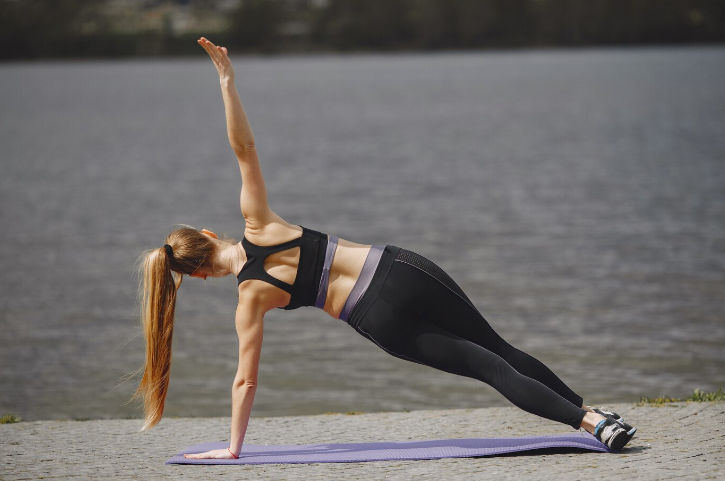
HIIT workouts are short, intense bursts of exercise followed by brief rest periods. They are efficient and can be adapted to various fitness levels.

Playing sports like soccer, basketball, or volleyball not only boosts fitness but also teaches teamwork and discipline.

These practices improve flexibility, strength, and mental focus, providing a balanced workout for young bodies and minds.
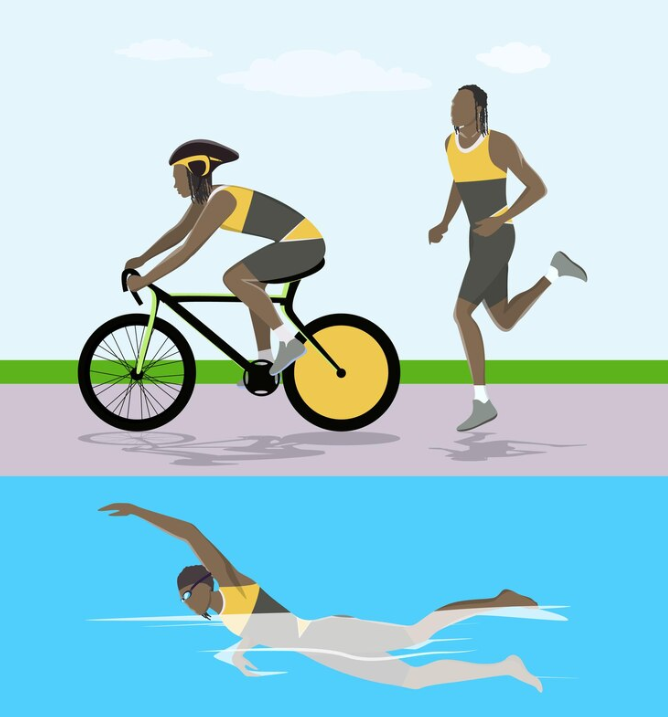
Aerobic exercises, like running, swimming, and cycling, improve cardiovascular health and endurance. They get your heart pumping and lungs working harder.

Strength training exercises, such as weightlifting and bodyweight exercises, build muscle mass and increase metabolic rate.

Flexibility exercises, like stretching and yoga, enhance the range of motion of your joints and muscles, reducing the risk of injuries.

Balance exercises, like tai chi and balance drills, improve stability and coordination, which are essential for preventing falls and maintaining overall fitness.
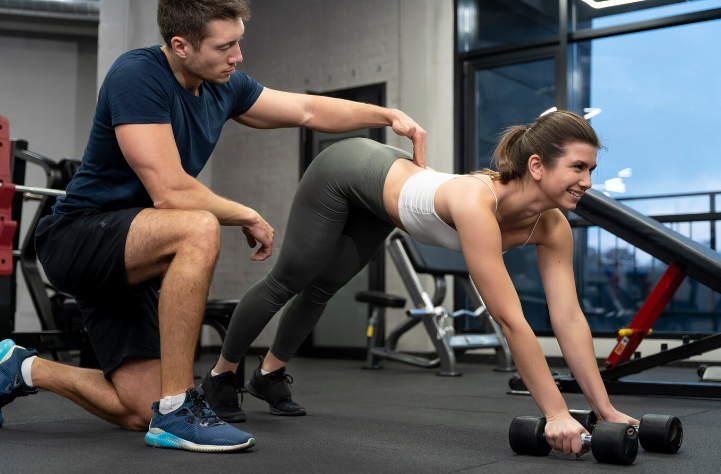
HIIT combines short bursts of intense activity with periods of rest or lower-intensity exercise. It’s a time-efficient way to boost cardiovascular fitness and burn calories.

Mind-body exercises, such as yoga and Pilates, focus on the connection between the mind and body, promoting physical health and mental clarity.
Incorporating physical exercise into your daily routine is one of the best things you can do for your overall health. From improving physical fitness and mental well-being to reducing the risk of chronic diseases, the benefits are vast and varied. Regardless of your age or fitness level, there’s a type of exercise that’s perfect for you. So, lace up your sneakers, grab a yoga mat, or hit the dance floor—your body and mind will thank you!

How Much Exercise is Recommended for Different Age Groups? The CDC recommends at least 150 minutes of moderate-intensity aerobic activity or 75 minutes of vigorous-intensity activity per week for adults, along with muscle-strengthening activities on two or more days. Children and adolescents should have 60 minutes or more of physical activity daily.
What are the Best Exercises for Weight Loss? Exercises that burn the most calories, like running, cycling, and HIIT, are great for weight loss. Combining cardio with strength training can maximize results.
How Can I Stay Motivated to Exercise Regularly? Set realistic goals, find activities you enjoy, and exercise with friends or join a fitness community. Keeping a workout journal and rewarding yourself for reaching milestones can also help maintain motivation.
Can Exercise Help with Mental Health Issues? Yes, exercise is known to improve mood, reduce anxiety and depression, and enhance overall mental health. Activities like walking, yoga, and aerobics are particularly beneficial.
What is the Best Time of Day to Exercise? The best time to exercise is when you feel most energetic and can maintain consistency. Some prefer morning workouts to start their day energized, while others find evening workouts a great way to unwind.